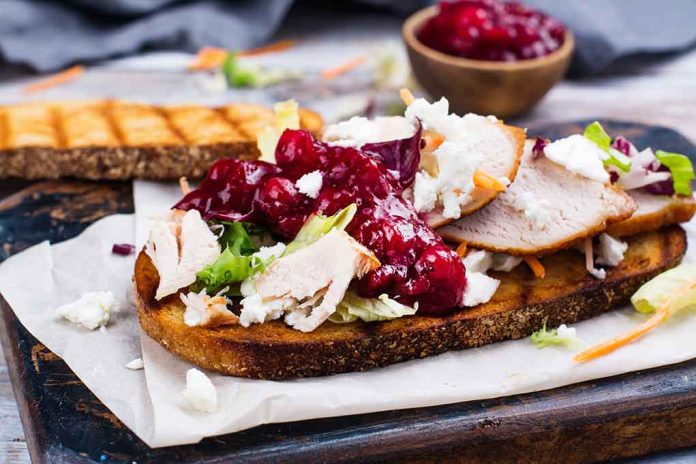Your Guide to Holiday Leftovers: 10 Tips for Safe Saving
Did your Thanksgiving feast leave you with Thanksgiving leftovers? It’s a common occurrence for families to pack up the leftovers to save for later. Even bringing home leftovers for lunch or dinner the next day is ordinary after a night out or a special occasion. Don’t invite bacteria to your next meal. Here are some food safety tips so you can enjoy your restaurant leftovers without getting a foodborne illness.
- If you plan to go to a movie or be out and about after eating at a restaurant, then you should skip taking the leftovers.
- Perishable foods should be brought directly home because the faster food gets into the refrigerator, the lower likelihood of bacterial growth.
- Meat and poultry leftovers are safely refrigerated at 40 F up to 4 days. Eggs and lunch meats are safely stored at 40 F up to 5 days.
- For best quality, cooked meat and poultry leftovers can be stored in the freezer at 0 F or below for 2 to 6 months.
- If you reheat all of your leftovers but don’t finish the entire portion, refrigerate what’s left immediately so it can be safely reheated again
- When reheating in the microwave, place foods on a microwave-safe plate. Food items should be spread evenly and stirred halfway through heating to avoid cold spots.
- Warning—reheating in slow cookers isn’t recommended because foods may sit too long in the “Danger Zone” (40 F – 140 F).
- When reheating meat and poultry in the oven, the temperature should be no lower than 325 F.
- When reheating leftovers, use a food thermometer to check the food’s internal temperature. The food is safe to eat once it reaches 165 F.
- Soups, sauces, gravies, etc., should be reheated to a boil.
And a word of caution—never taste food to determine its safety. You can’t see or taste harmful bacteria. When in doubt, throw it out!
Read more here.
As published on Healthyexaminer.com














